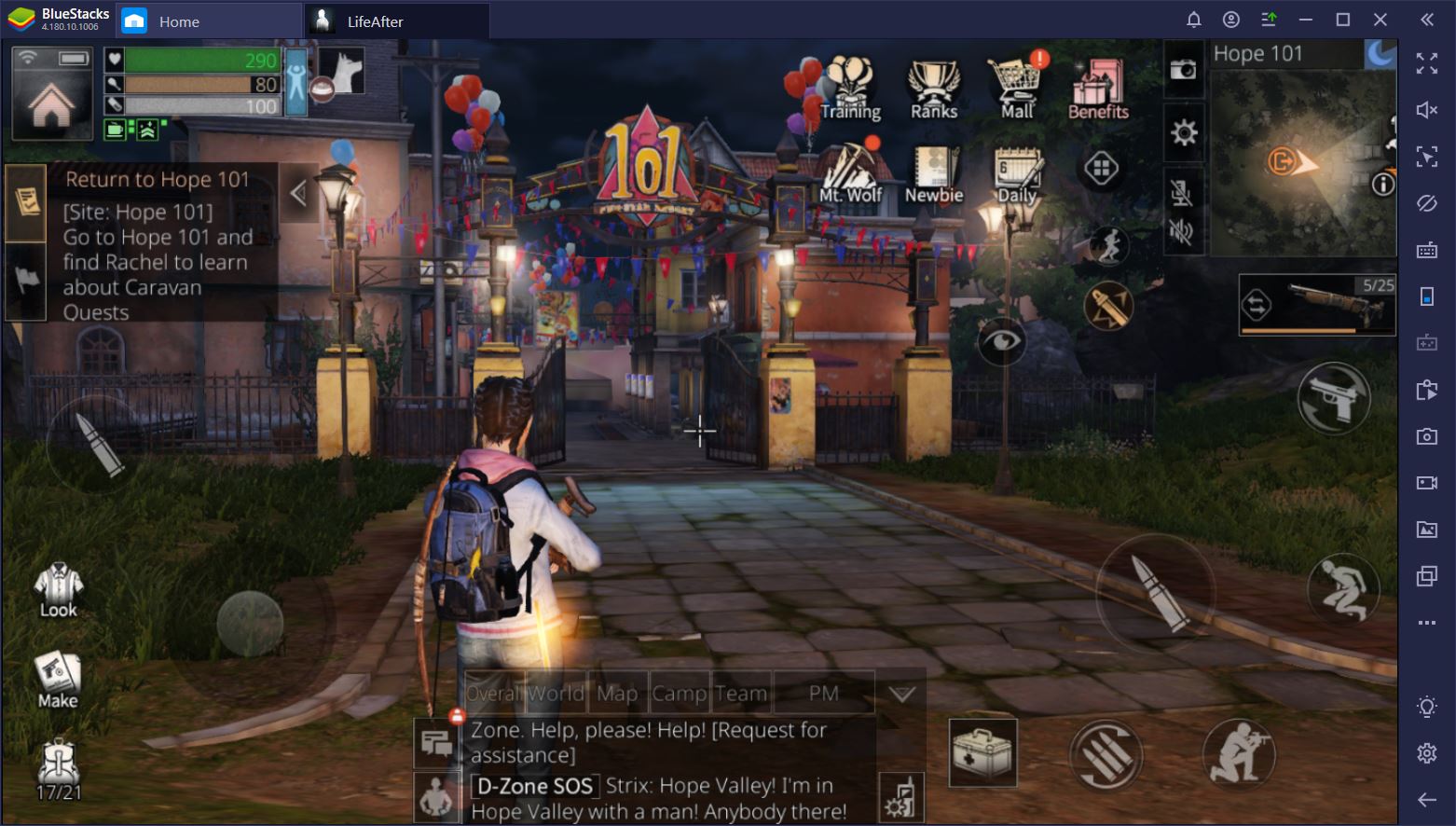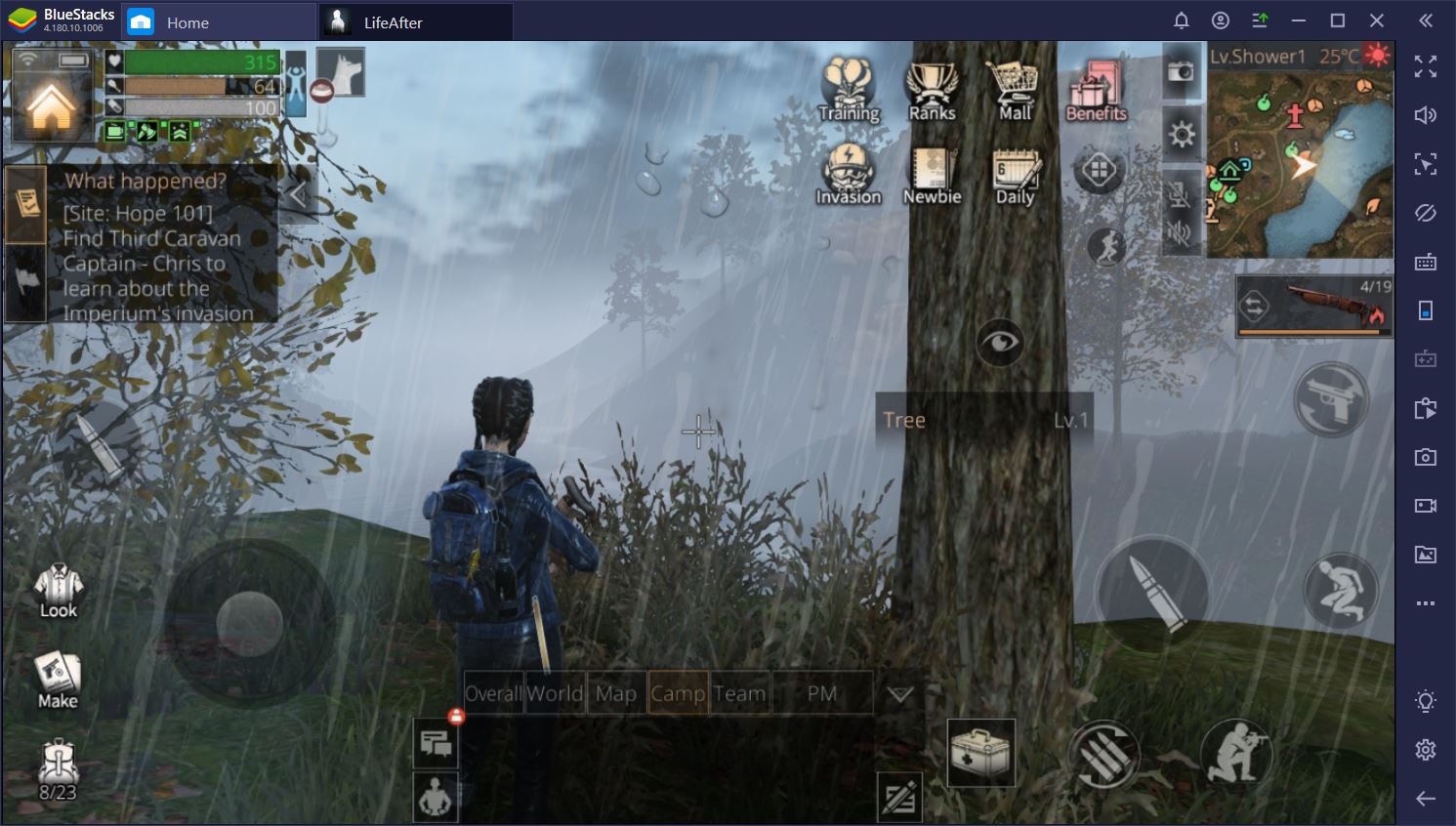LifeAfter on PC: Tips and Tricks for the New Survivor
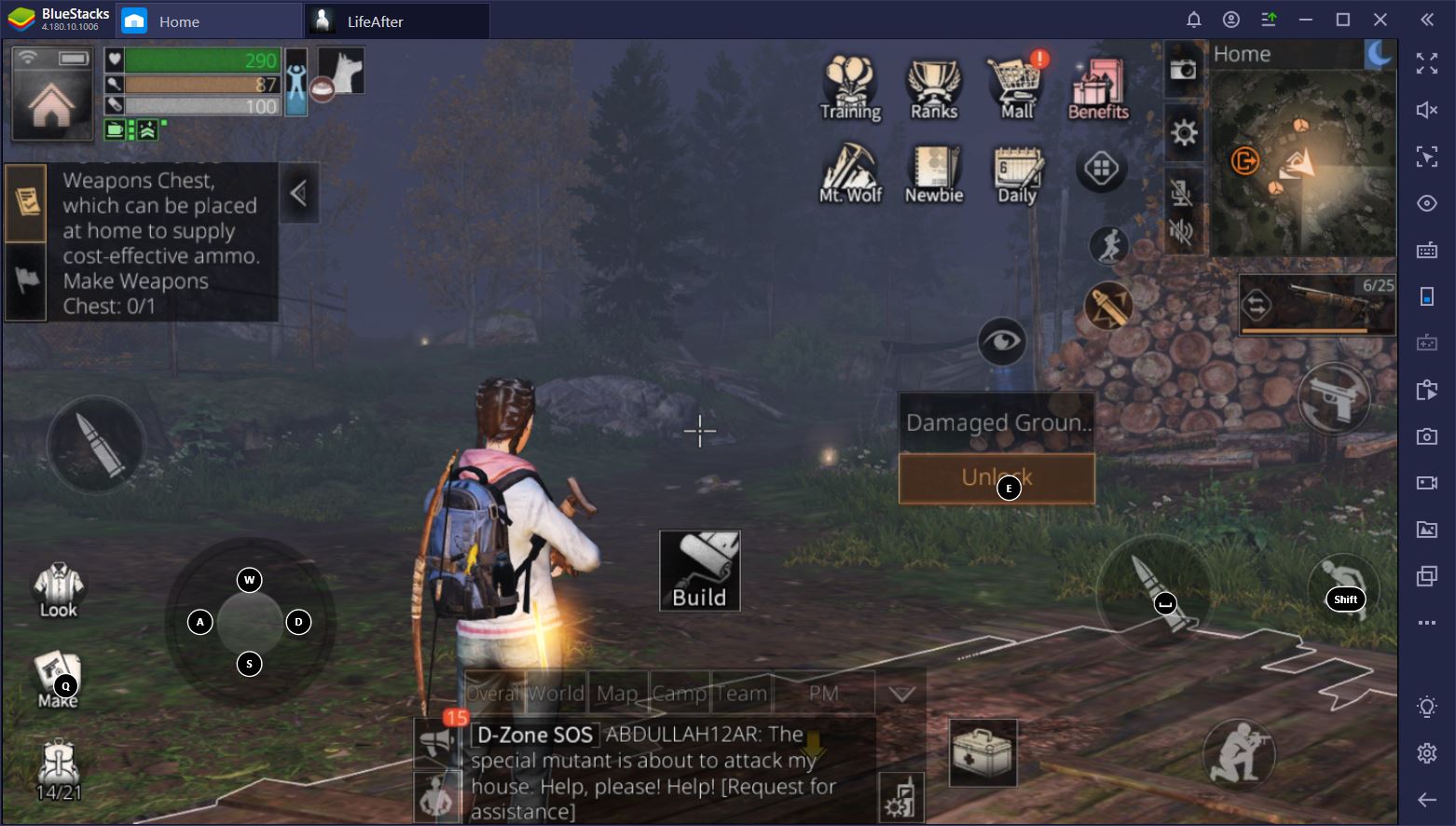
While the game is available on Play Store, it does not work on BlueStacks at this time. Please check this space for updates.
LifeAfter can be incredibly fun to play, but as a beginner, you might have a hard time surviving your first few days. We’ve already put together a guide to what your first steps should be during the early-game, but if you want to be as efficient as possible with your time and resources, this list of tips and tricks will help you do just that. Let’s get right to it!
1. Gather Everything in Your Path
Structures and furniture might seem cheap to begin with, but you will need more wood, stone, ore, and food than you can possibly imagine. You’ll also need veggies (for a healthy post-apocalyptic diet), flint, hides, bones, hemp for bandages, and a whole bunch of other advanced resources for various purposes. In short, you’ll spend most of your time looking for and gathering stuff.
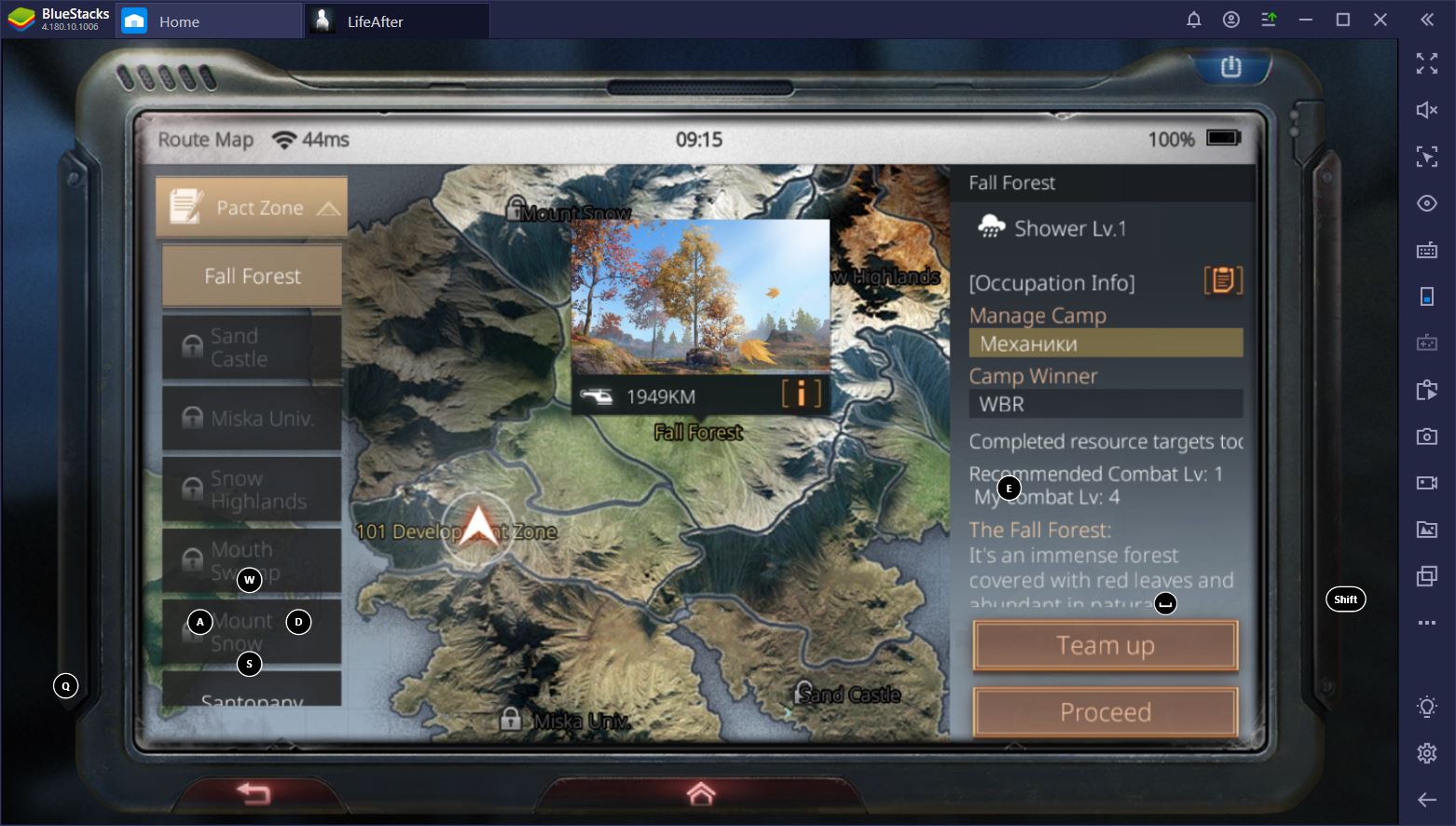
Now, there are two approaches to this. You can go on expeditions looking for specific things every time you need something back home or you can gather everything in your path whenever you are in an infested zone. We prefer the latter.
Yes, your backpack fills up pretty quickly, but you can always head to an extraction point, hand over your resources to be mailed back home, and carry on exploring. By the time you return to your base, you’ll have sent a good amount of materials ahead of you and this will allow you to take fewer trips overall.
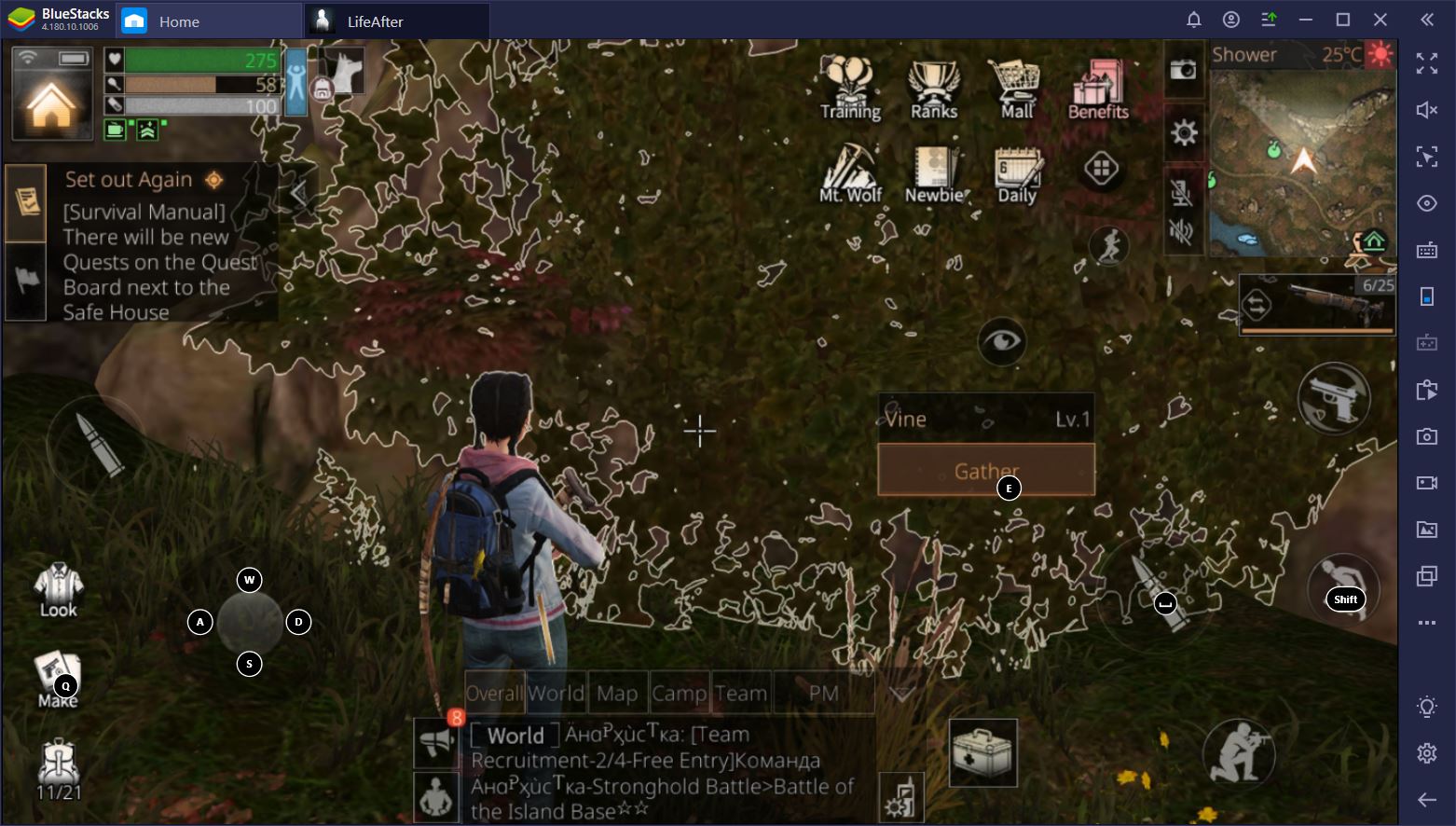
2. Give Your Doggo Lots of Love
Your dog is super cute, but that’s not the only reason why you should feed and love it. In fact, this trusty companion can help you obtain more loot and will warn you of danger whenever enemies draw near. Like you, however, your dog needs to eat in order to stay healthy and happy.
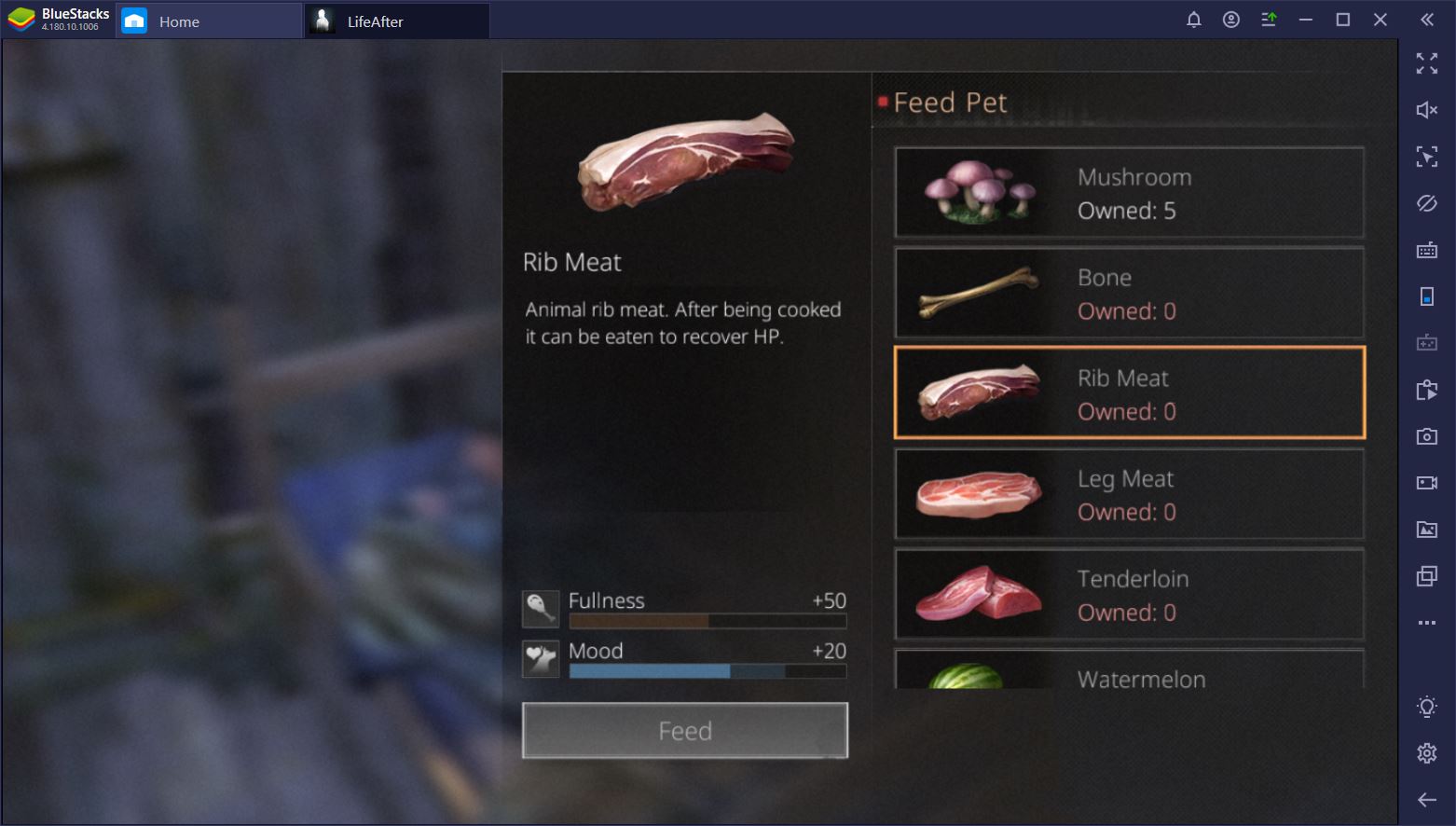
Whenever you feed your dog, you’ll notice that this action can affect two separate fields – its hunger and its happiness meters. Almost any food can fill up the hunger meter, but only some items will also keep the dog happy. For example, a bone is good for munchies, but it actually decreases the dog’s satisfaction.
Based on how well you take care of your companion, it is more or less loyal to you. In turn, this determines how many times the dog can help you find loot or even loot things itself as a “gift”, so to speak.
3. Zombies Are Not the Only Thing that Can Hurt You
LifeAfter is not your traditional zombie shoot-em-up game. To stay alive, you have to make sure that your character is healthy and protected from a whole variety of dangers. For example, sudden changes in weather can take place while you’re exploring an infested zone. If you sit in the rain for too long, you’re likely to get a cold and, in some extreme cases, even get hit by lightning.
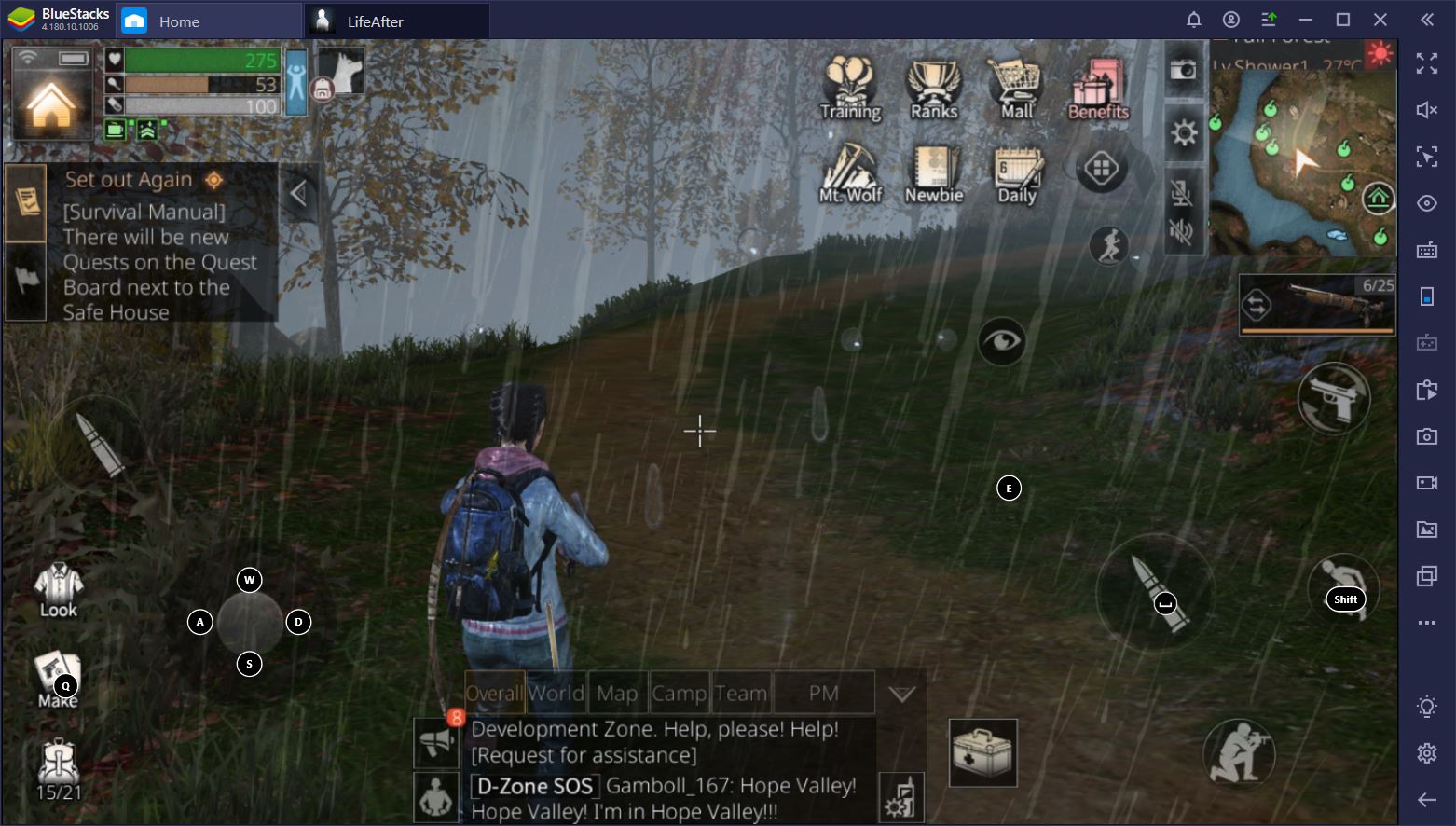
There’s also animals to watch out for. Wolves are fairly manageable creatures, but when you come across a giant bear, you might want to turn around and run as fast as possible. At least to begin with. Once you make your first weapon and your survivability starts to improve, you can take on larger beasts for food and materials.
4. Get as Many Skill Upgrade Points as Possible
Almost everything you do in LifeAfter gives you skill upgrade points, but the latter are specific to the activities you perform. For example, you have to get crafting skill upgrade points to improve aspects of your crafting (such as speed and efficiency), but you need combat points to improve your attack and defense. In other words, you should do a bit of everything.
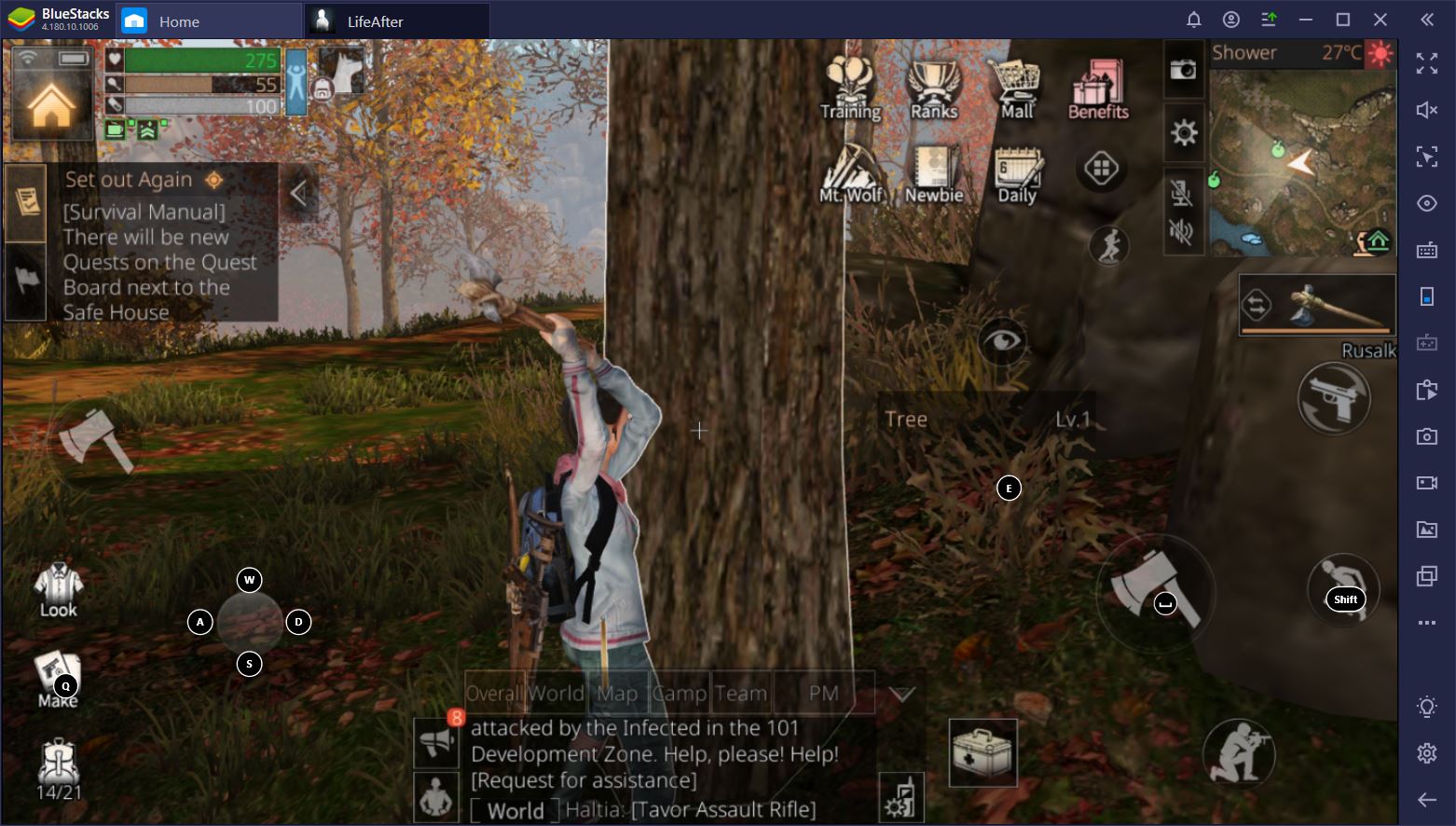
Especially during the early game, you might dedicate more time to, say, gathering than you would to fighting. This is normal since your weapon is terrible and you need more resources to create something better. Don’t let this become a habit, though, because you’ll need thousands of skill upgrade points to unlock the best improvements in each tree. Which brings us to the next tip.
5. Plan Your Skill Trees Wisely
When you start a new game, it’s virtually useless to wonder which skill you’re going to get next. Skills cost so little money that you can take up all upgrades without ever wondering about the cost. This won’t always be the case, though.
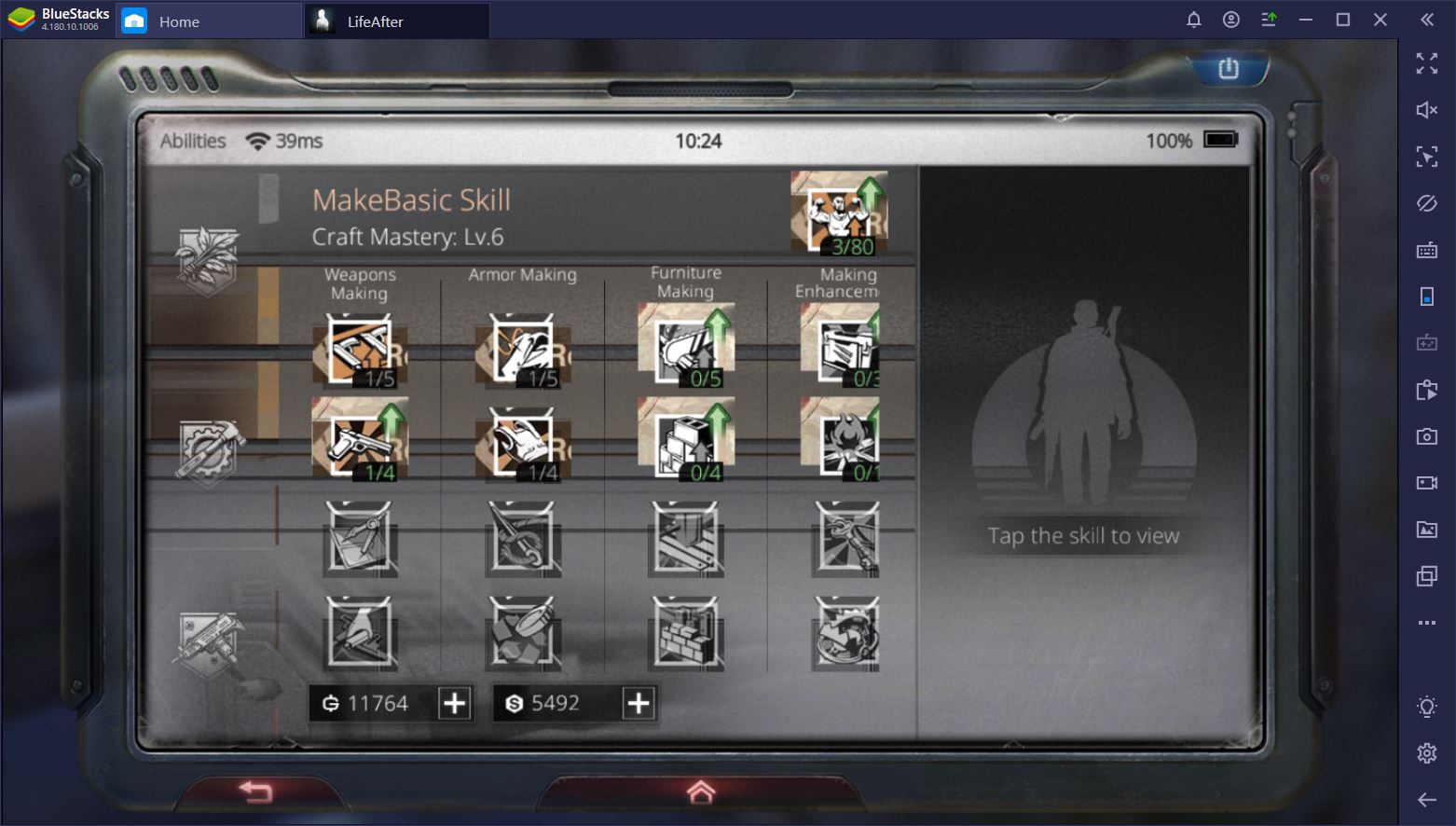
As you advance through the game, new skills require more and more skill points and cash. Although you want to unlock all possible improvements eventually, this will take a long time, so you should first take those skills that are more likely to help you out. Between faster crafting times and more durability on items, for example, the latter is a better choice.
6. Experiment with Different Foods
Cooking is a real pleasure in LifeAfter, not only because it makes the apocalypse feel more homey, but also because you can make so many different things. To create a meal, you need a campfire, fireplace, or cooker, as well as four ingredients. These can be fruit, veggies, meat, mushrooms, and other things, and each combination results in a different recipe.
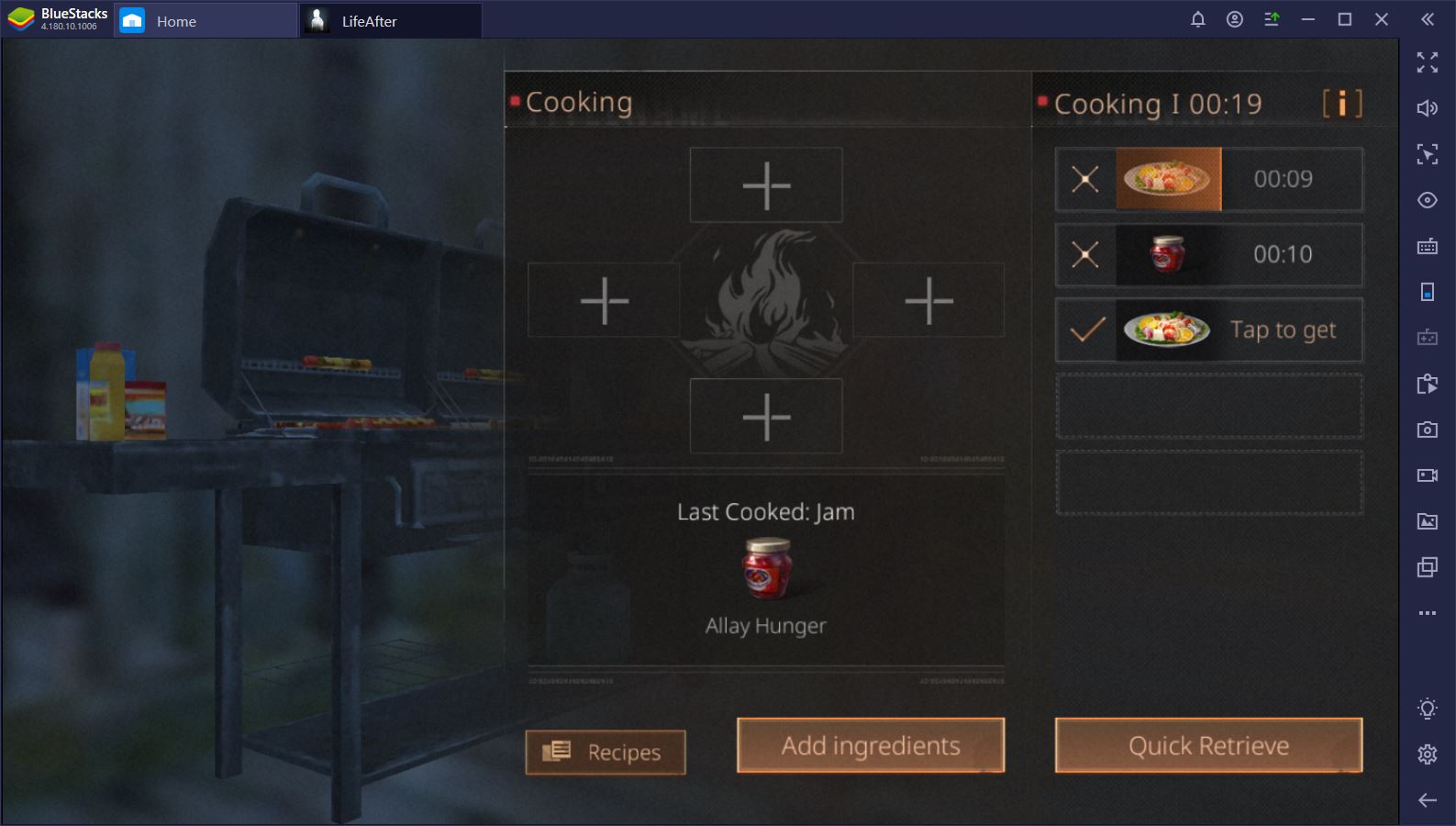
Each recipe, in turn, gives you different benefits. Some will only fill your hunger meter, while others can also replenish health or give you various boosts to gathering, crafting, or combat ability. The sky is the limit, really.
7. Play on BlueStacks
Probably the best tip we have to improve your gameplay is that you try to play LifeAfter on your PC with BlueStacks. There are actually a few reasons why you might want to do this, but the most important by far is the emulator’s Controls feature.

While playing on BlueStacks, you can essentially bind every button on the screen to the keyboard or mouse. Tired of trying to run, aim, and shoot with the same two thumbs? Of course you are. Who wouldn’t be? MMOs are meant to be played with a mouse and keyboard and LifeAfter is no different. Not only does BlueStacks run the game more smoothly than most smartphones, but it also gives you the advantage of improved controls, which can significantly improve your combat ability.
Don’t take our word for it, though. Try it out for yourself!



